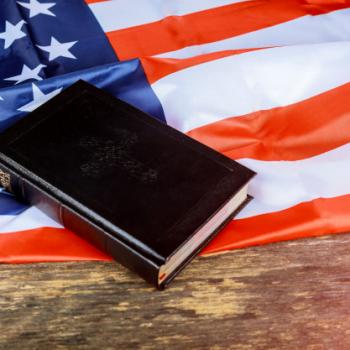by Jameelah X. Medina
Since 9/11, many Muslim women in the USA are in a similar predicament as what African American and Chicana women found themselves in decades ago during the Black Power and Chicano Power Movements. African American and Chicana women stood along side African American and Chicano men to fight against oppression and injustices against them by the power structure and the people in positions of power. In both movements, women’s issues were relegated to the sidelines; they were only visible in the periphery of decision-making. Both African American women and Chicanas decided that they had to stand up for themselves and call it like they saw it—they were being oppressed and marginalized in mainstream society because of their race and ethnicity and also within their racial group because of gender.
Many African American women and Chicanas encountered great resistance and even violence from men. They were accused of being traitors to their race because of their fight to be valued and respected as women with rights. Sound familiar? Stuck between a rock and a hard place, African American women and Chicanas also found that they were marginalized within the Women’s Rights/Power Movement. White women in the Women’s Movement were not prepared to address the particular issues of concern to African American and Chicanas. And later, Womanism became the preferred term for women of color who considered themselves feminist/womanist. Muslim women, who are able to distinguish between the religion of Islam and what Muslims do, find that feminists try to coerce them into rejecting Islam as the culprit of women’s rights abuses rather than the abusive behavior of some men who profess to adhere to the religion of Islam.
Read the rest here











